The Enduring Sex Appeal of the 70s Conversation Pit
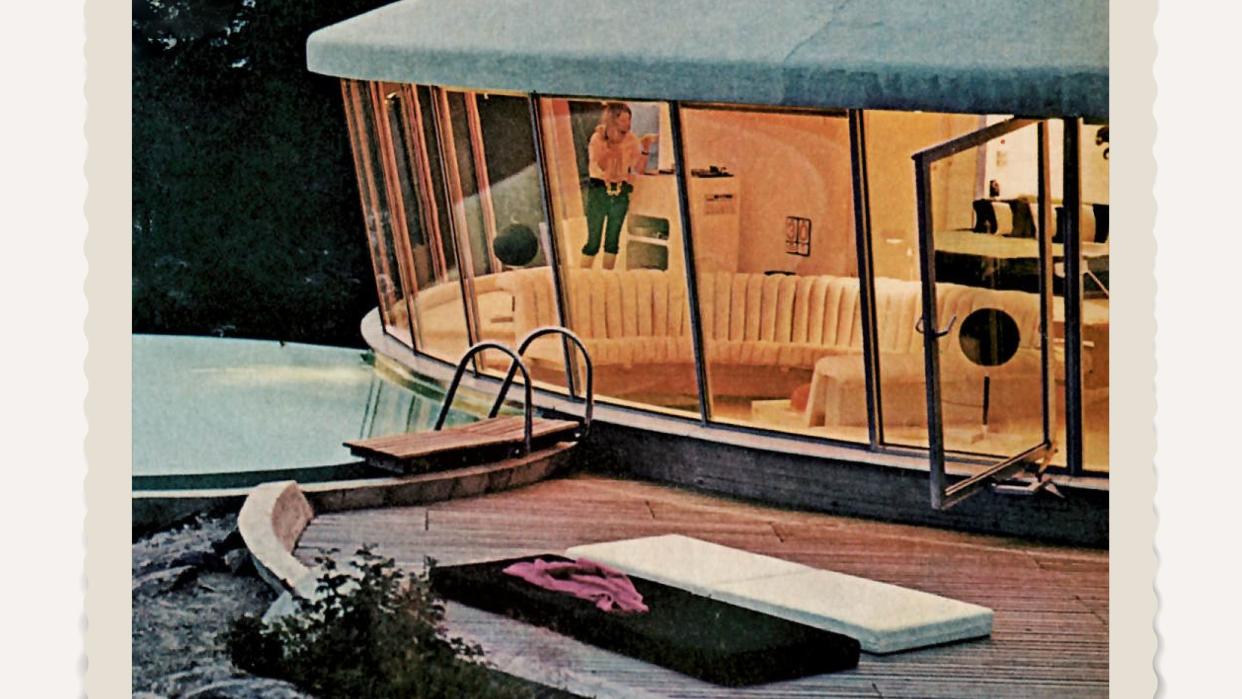
- Oops!Something went wrong.Please try again later.
"Hearst Magazines and Yahoo may earn commission or revenue on some items through these links."
Sometime in the past year, my Instagram feed—a steady stream of interior vignettes with seemingly infinite refresh capacity—succumbed fully to the archive. Between shiny white kitchens I'm hit with chintzy Mario Buatta power decorating, trippy Memphis Milano kitsch, angular Berlin apartments, and grainy midcentury scenes clearly not of the now. One especially potent trigger for nostalgia? Conversation pits. A fixture of midcentury residential design, posts featuring this hot sunken feature are comment-section lightning rods.
“I think that idea of an area that's entire purpose is connecting with other people really is alluring,” says Anna Stapor, whose Instagram account @conversation_pits is exclusively dedicated to the retro feature. “Nowadays, especially after the years of lockdowns, we are seeing a resurgence of designated spaces,” says Macarena Blanco, the digital archivist behind @hautevilleparis. “For a generation used to small living spaces where everything is blended, having a completely niche space nominated as the ultimate symbol of intimacy is, quite honestly, a luxury.”
As the lines between where we work, play, host, and live have blurred, there's also something about the conversation pit that feels thrillingly specific—a welcome antithesis to the open floor plan. There's an inherent sexiness to a feature that's extravagantly impractical, totally carefree, and transports you to a bygone era—if only through your phone screen.
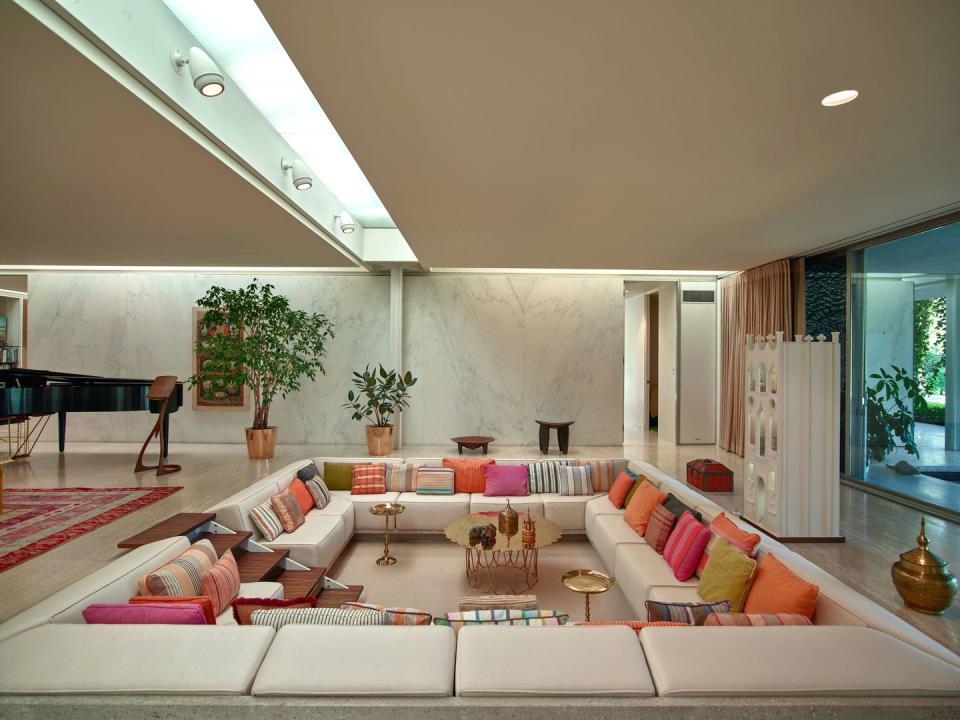
One of the most often referenced (and often posted) conversation pits is from the Miller House, pictured above. The home was designed by architect Eero Saarinen as a residence for wealthy American industrialist J. Irwin Miller and his wife in 1958. A designated hosting space was of paramount importance to the socialite couple. Saarinen was keen to test the potential of the sunken living room to create clear division within an open floor plan, breaking up the expanse while eliminating what he saw as the “problem of furniture" and its "inevitable 'slum of legs'" with an innovative lounge pit.
To bring his vision to life, Saarinen partnered with architect and interior designer Alexander Girard, known for his signature use of bold color, stylized florals, and graphic prints. With steps angled so that sitters couldn’t see up women’s skirts, and thick back cushions helping guests climb in and out of the pit, the fashionable centerpiece was undeniably decadent. Spread across a splashy 20-page House & Garden feature in February 1959, the Miller’s conversation pit was hailed as “a big, handsome, festive meeting room for activities and entertainment,” where guests could lounge and engage in sparkling conversation—with an intentionally clear view of their hosts' enviable art collection.
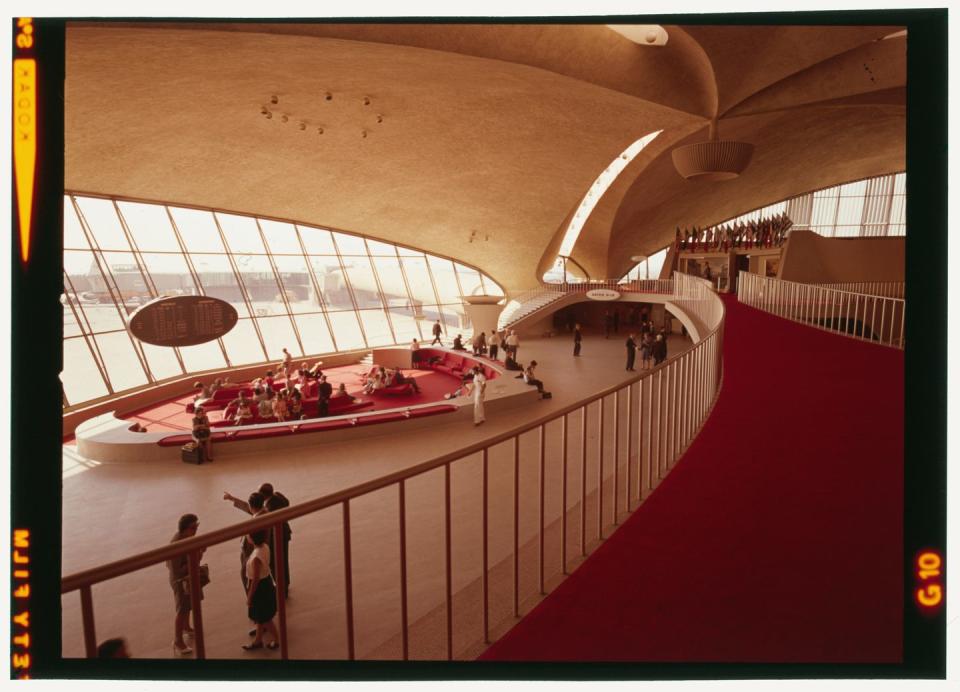
“There seemed no end to the pit's potential,” declared a 1963 TIME magazine article. Its ostensible purpose, this writer mused, was “to create, in the vast tundra of the "living-dining-play area,” a separate denlike arena that could either remain distinct or be absorbed at party time into the whole. There, while others went about frivolously at ground level, the more serious-minded could step down to form a sort of basement discussion group.”
—Halston in 1977
Halson’s iconic Manhattan penthouse, an infamous party hangout among the celebrity set, also featured a highly-photographed sunken living room designed by Paul Rudolph. “I work hard all day and I don’t want to come home and sit upright,” the designer told House Beautiful in 1977. “I want to recline a bit.”
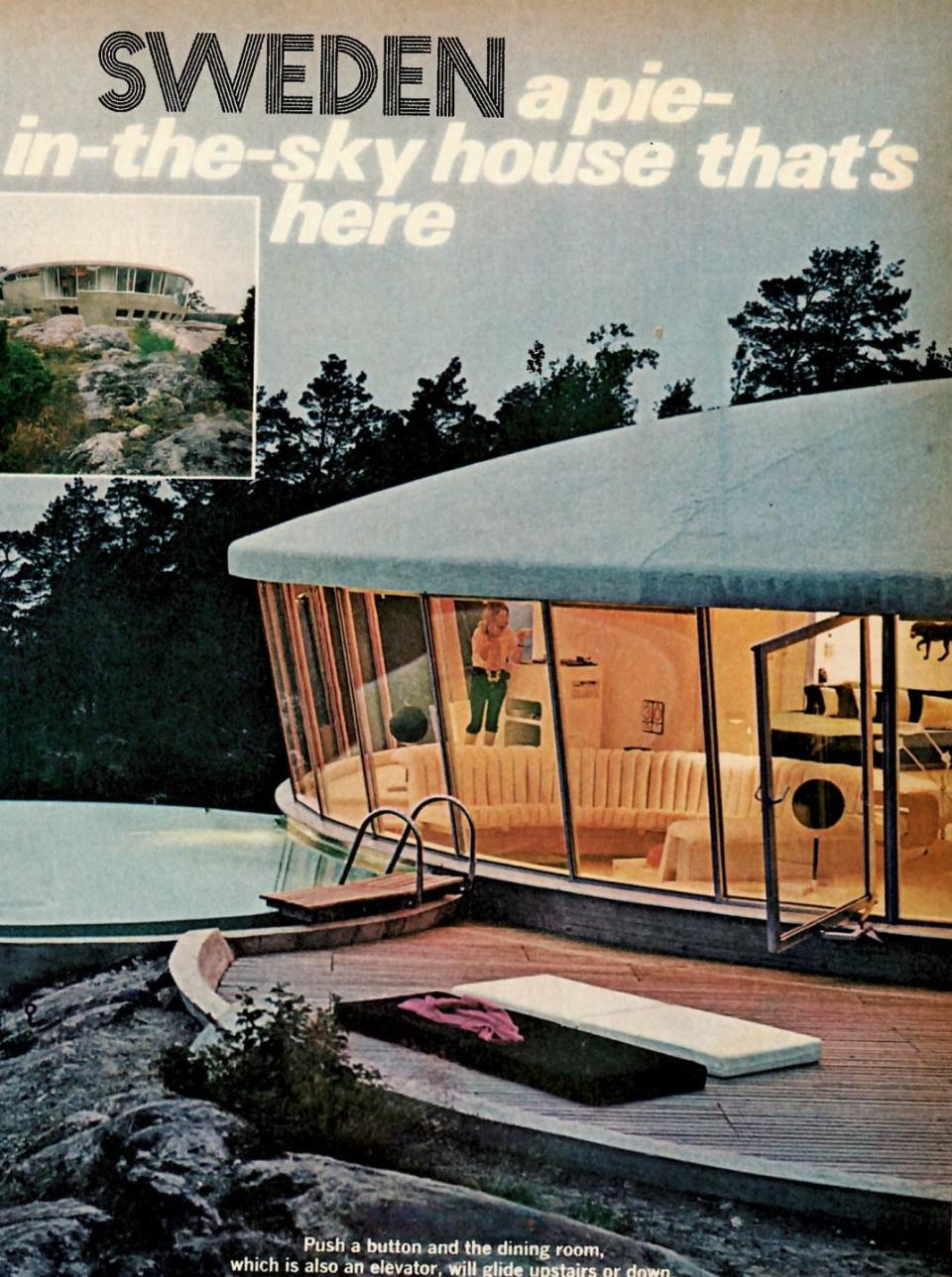
While the mass appeal of the residential conversation pit waned by the seventies (a 1978 Housing Magazine poll of ‘must-have home features’ in six major American housing markets declared “no confidence in conversation pits,” with even Saarinen calling them clichéd), they began cropping back up in New York Midtown lofts and bachelor pads in the eighties. In 1981, Architectural Record hopefully announced that “the conversation pit, a fashionable component of domestic design in the 1950s, has been revived as a simple way to encourage intimate gatherings.”
—Sally Breer in 2024
Today, you can find modern interpretations resonating in spaces expressly designed with IRL community in mind: Spring Studio’s hot, sunken red room, a purple pit in a private upper chamber of PUBLIC, Versace x Net-a-Porter's pre-Oscars space, a light blue iteration in Madhappy’s West Hollywood flagship. They invite people to get close to the ground and loosen up—a designated space for undesignated activity.
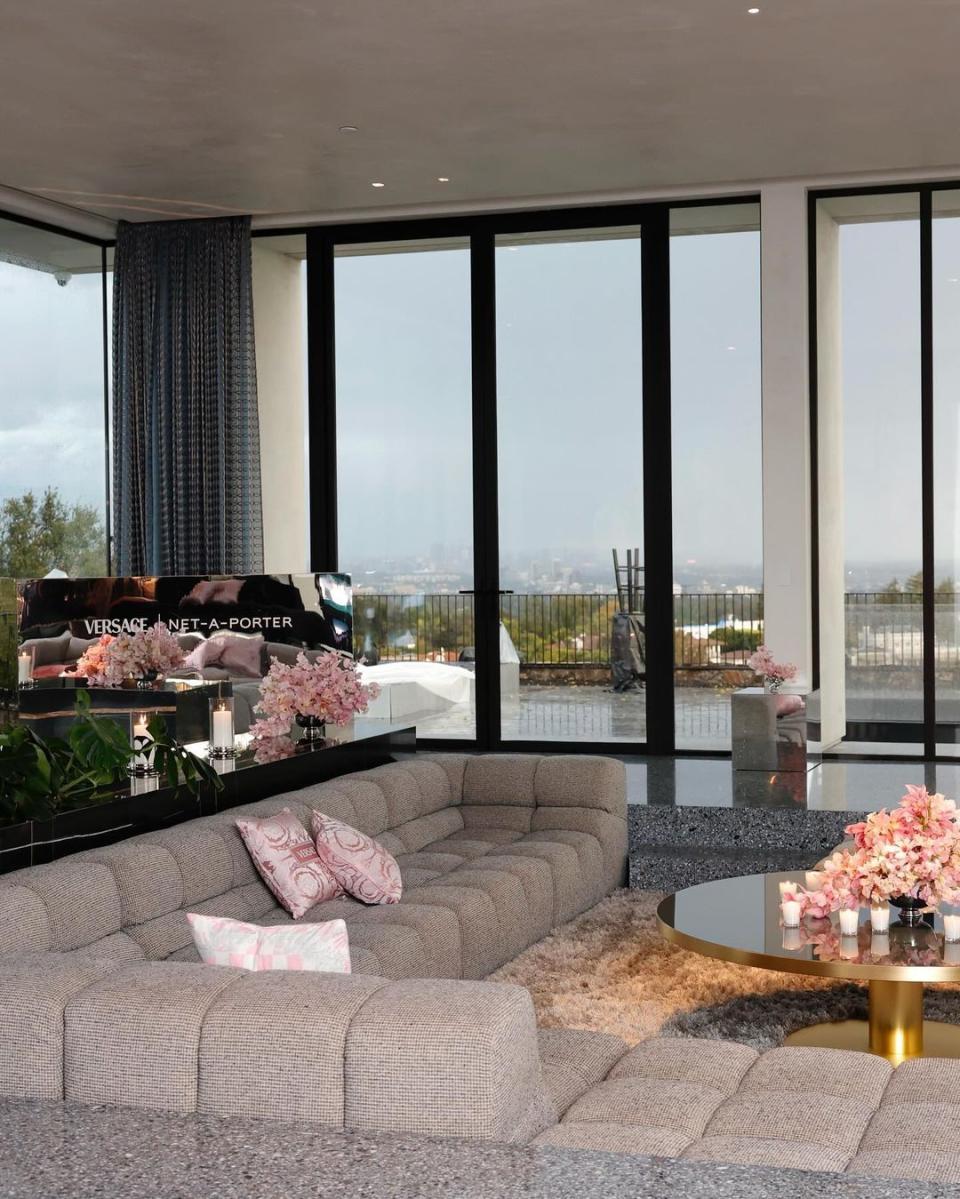
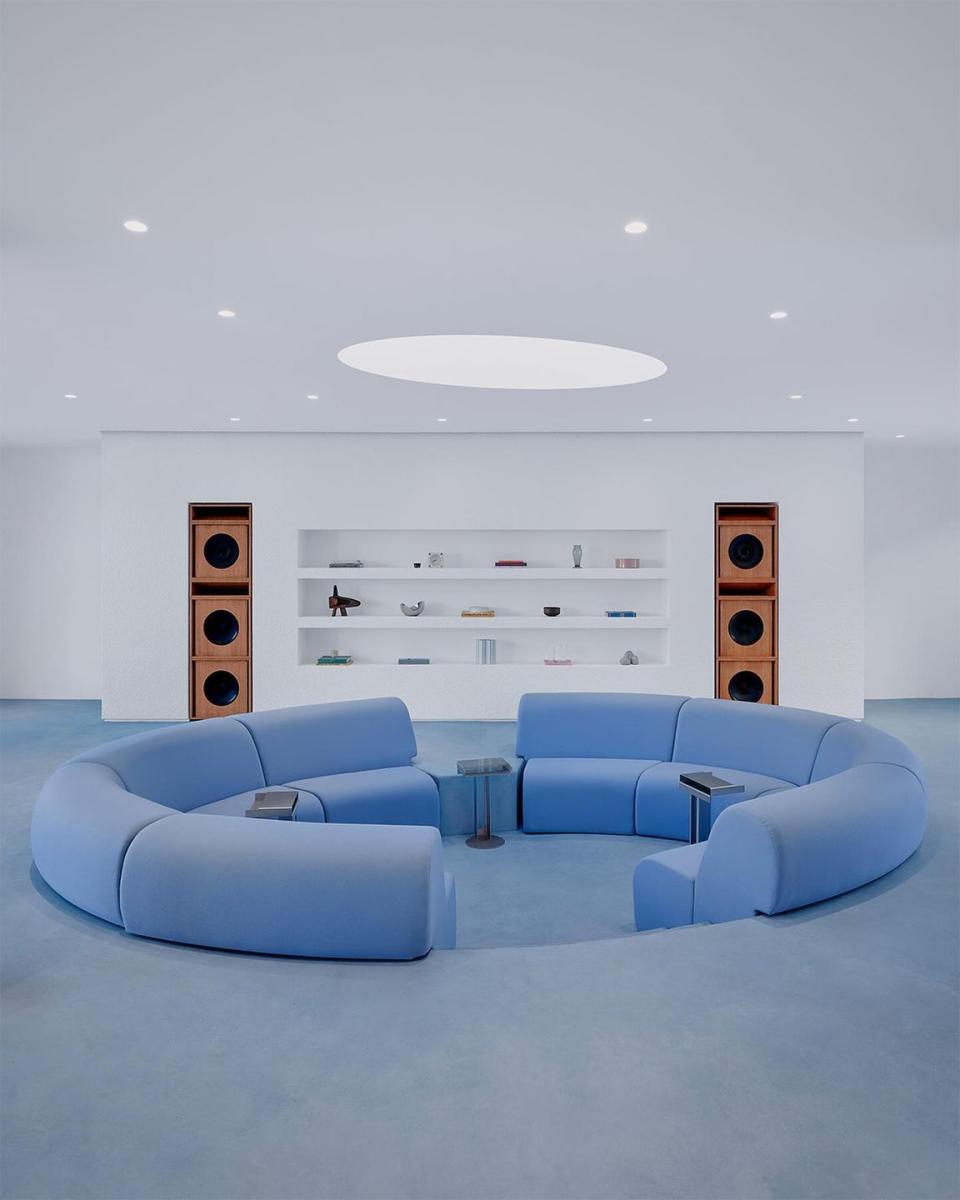
“Conversation pits are like a French girl in jeans, they’re effortless and chic,” adds Los Angeles-based designer Sally Breer of the lasting allure. “They make people feel immediate ease with their invitation to get close to the ground and loosen up. They’re easy, so you’re easy. But don’t mistake easy for sloppy, the lines are clean and the form is elegant—the large mass that is the ‘pit’ is bold and brave and sure of itself. And isn’t confidence the sexiest thing there is?”
Follow House Beautiful on Instagram and TikTok.
You Might Also Like

